Terrorism; East-West diplomacy; nuclear war: John Adams’s operas have poured music into the faultlines of 21st-century global politics, and the tremors have been significant. Simply staging The Death of Klinghoffer recently was enough to see the Met picketed on charges of anti-Semitism. While The Gospel According to the Other Mary isn’t going to start any riots, Adams’s latest work marks a turning point, both in the composer’s music and his social mission. No longer content to comment and observe, Adams turns his gaze to the story of the Passion — reclaiming and rewriting the originary narrative of the Christian West.
Yes, Gospel is a companion-piece to Adams’s 2000 opera-oratorio El Niño, offering a crucifixion to bookend its nativity, but where El Niño’s rewrite was a delicate, interrogative affair, the Gospel’s is emphatic, declarative. The same magpie collage of sources — Primo Levi, Dorothy Day, Louise Erdrich, Old and New Testaments — shape the libretto, but here they conspire to seize the story back from between its pastel-coloured Good News covers and play it out among the drop-outs, addicts and illegal immigrants of LA’s Skid Row. It’s a worthy ambition. Perhaps too worthy.
Weighed down by its social conscience and by the weary literalism of Peter Sellars’s all-things-to-all-men staging, this operatic Gospel stumbles and drags its feet. Is this abstract landscape the Middle East? Is the barbed wire corralling those waiting to cross into Gaza, or are they inmates in some Western prison? Are these hieratic gestures the rituals of an oppressive religion, or the empty twitchings of a people in search of a faith? The answer in all cases seems to be yes. Say yes too often and art is lost in empty affirmation.
There is nothing in Peter Sellars’s staging to convince me that Gospel is an opera — which would be a bigger problem if Sellars himself hadn’t already offered a solution last year at Barbican. Gospel is an oratorio, a work that eloquently narrates but never enacts the Passion story. The score says it all, and in language as ferociously expressive and unexpected as anything Adams has produced in the past decade.
Three countertenors (the excellent Daniel Bubeck, Brian Cummings and Nathan Medley) sing in Pärt-inspired chant — a musical trinity set apart from all around them — while in the orchestra (efficiently directed by Joana Carneiro) a cimbalom adds an otherworldly sheen to string textures. The chorus rage and strive in music trapped in repeating gestures that recur with ever more desperate urgency, two women long since deprived of their soprano-innocence (mezzo Patricia Bardon and the extraordinary, almost tenorial contralto Meredith Arwady) sing their wounds, and the orchestra ignites in interludes that blaze and rage with anger. Every attempt to dramatise, to supplement this music and its prickly patchwork of texts only reduces it.
There’s a moment, mid-opera, when Mary Magdalene (Bardon) confesses her suspicions of the motions of faith. ‘If I get down on my knees, I think, do I really believe?’ Sellars’s staging is — as ever — far too keen to kneel, far too secure in the gesture, the thought-made-ritual. The power of Adams’s fiercely tender piece lies precisely in its resistance to such rituals. The work needs no visual scaffolding to support a message that burns in every bar.
From the sacred at ENO to the riotously, gloriously secular at the Royal Opera. Laurent Pelly’s L’elisir d’amore is back for its third revival, and thanks to a strong cast, Daniele Rustioni’s breezy tempos and some additional dramatic details from revival director Daniel Dooner, the show finally has the summery spirit to match its visuals.
It would be impossible to imagine a less plausible village nobody than Vittorio Grigolo — all gelled-back charisma and superstar smile — and wisely there’s no attempt to play his Nemorino for near-miss tragedy. Instead, he and Lucy Crowe’s winsome Adina play an extended game of courtship through the opera, haggling over the romantic details of a deal that’s clearly sealed before the curtain rises.
Too self-consciously heroic in leading-man mode, Grigolo comes into his own in comedy, romping through Act II’s drunkenness with the same gleeful ease as he dispatches his vocals. Crowe’s Adina is a little more effortful, but such is the force of personality driving this provincial seductress that the occasional blemish in tone-colour is easily overlooked.
Disappointing anyone hoping for a scene-stealing Dulcamara, Bryn Terfel (singing the role in London for the first time) opts for understated warmth rather than shock-and-awe comedic assault. Catching the breezy naturalism of Chantal Thomas’s 1950s designs, he charms his way through the doctor’s patter, gamely surrendering his spotlight to a Jack Russell, dispensing advice and elixir with equal panache. He’s the ticking crocodile-heart in a production that comes as close to Christmas pantomime as opera can, and which is all the better for it.
Got something to add? Join the discussion and comment below.
Get 10 issues for just $10
Subscribe to The Spectator Australia today for the next 10 magazine issues, plus full online access, for just $10.
You might disagree with half of it, but you’ll enjoy reading all of it. Try your first month for free, then just $2 a week for the remainder of your first year.

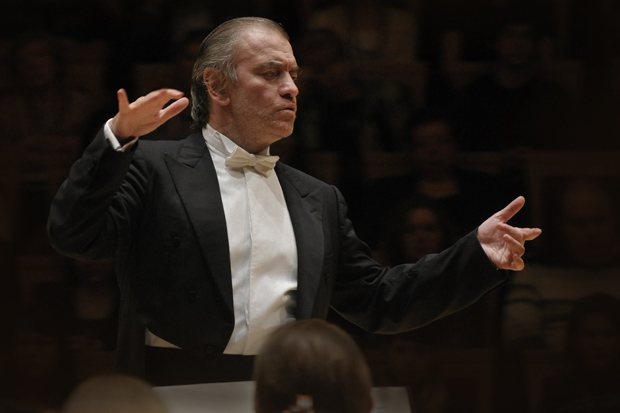
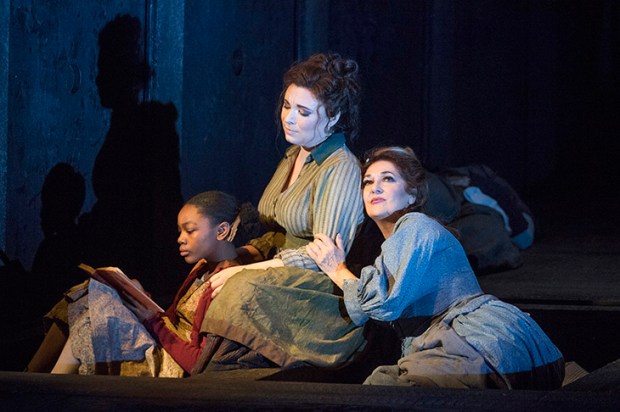
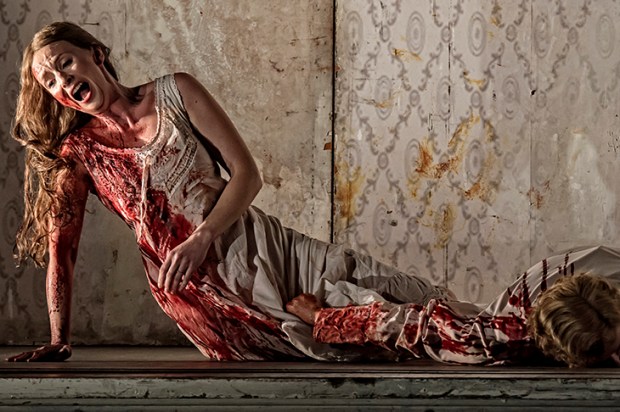
![A woman-child of dangerous assurance: Allison Cook as Salome in Adena Jacobs’s new production for English National Opera. [Catherine Ashmore]](https://www.spectator.com.au/wp-content/uploads/2018/10/6Octopera.jpg?w=620)
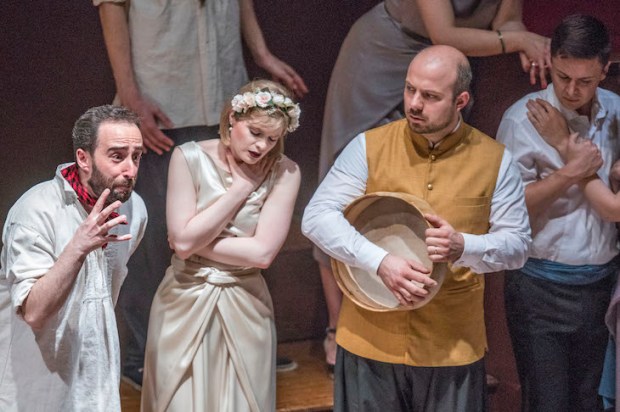
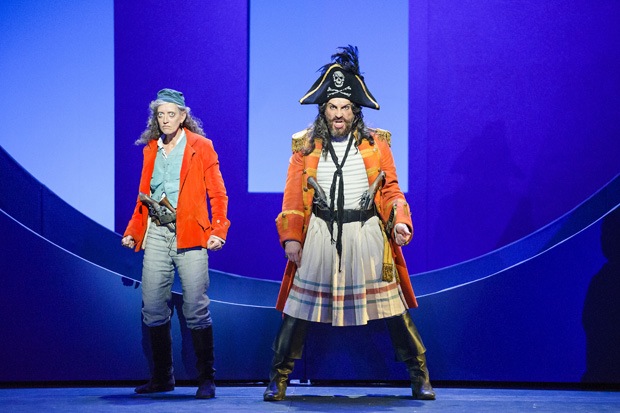
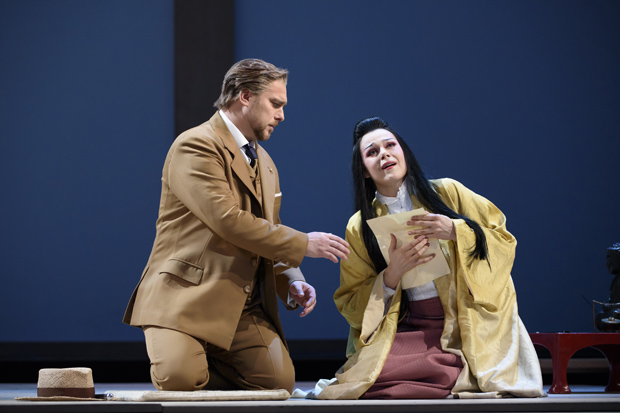






Comments
Don't miss out
Join the conversation with other Spectator Australia readers. Subscribe to leave a comment.
SUBSCRIBEAlready a subscriber? Log in